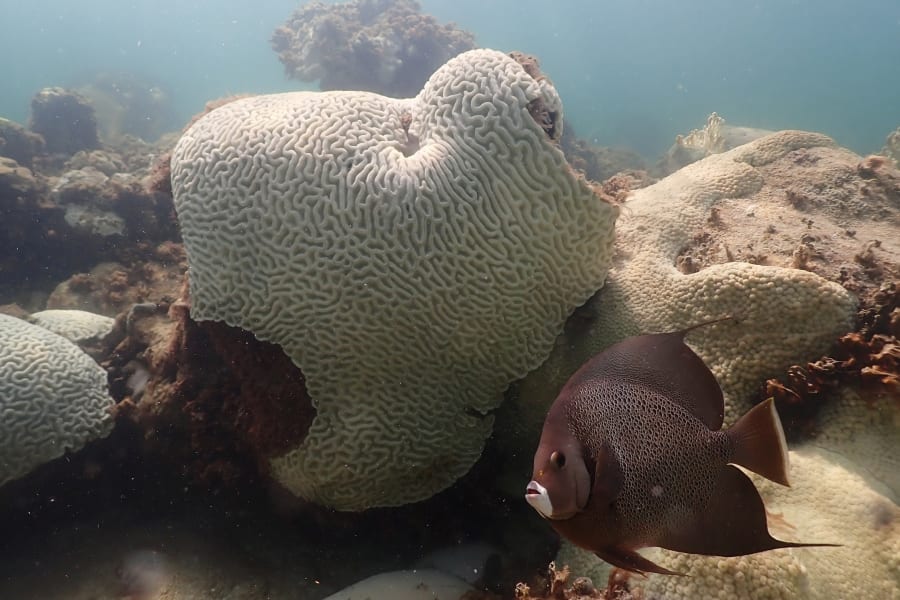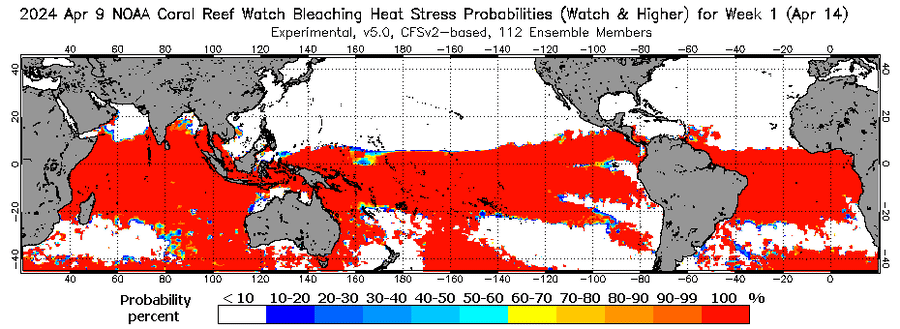JACKSONVILLE – NOAA scientists have identified a concerning trend as the world witnesses the fourth global coral bleaching event on record, marking the second occurrence in the past decade.
Coral bleaching occurs when the stressed coral expels the algae that give them their color. If the bleaching is severe and persistent, it can lead to the death of the coral.
“From February 2023 to April 2024, significant coral bleaching has been documented in both the Northern and Southern Hemispheres of each major ocean basin,” said Derek Manzello, Ph.D., NOAA CRW coordinator.
Last year a Florida heatwave was unprecedented. It started earlier, lasted longer and was more severe than any previous event in that region.

Since the beginning of 2023, widespread coral bleaching has been observed across tropical regions, encompassing various locations in Florida.
Utilizing advanced monitoring techniques, the Coral Reef Watch (CRW) has detected extensive heat stress across the Atlantic, Pacific, and Indian Ocean basins. This assessment, based on sea surface temperature data spanning back to 1985, underscores the urgency of addressing climate change’s impact on our oceans.

These effects are showing up across the world from the Caribbean, Brazil, and the Pacific including extensive areas of the South Pacific (Fiji, Vanuatu, Tuvalu, Kiribati, the Samoas, and French Polynesia), Australia’s Great Barrier Reef, the Red Sea (including the Gulf of Aqaba), the Persian Gulf, and the Gulf of Aden.
Coral bleaching, particularly when occurring extensively, affects economies, livelihoods, food security, and other aspects, but it does not guarantee coral death. Given a reduction in the stressors causing bleaching, corals have the potential to recover, allowing reefs to persist in delivering the crucial ecosystem services upon which we depend.





